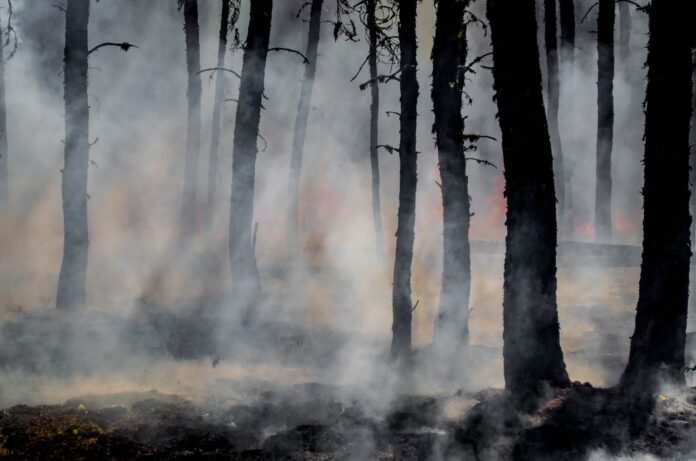Table of Contents
Whether it’s a fast-moving wildfire or a sudden natural disaster, emergencies can strike anywhere, anytime. Wildfires, in particular, can be terrifying, with little warning and devastating effects for those in their path. If you live in an area prone to wildfires, it is essential to be prepared. That means having the right supplies in your house and creating an emergency plan you and your family can follow in case of disaster.
What Is a Natural Disaster?
A natural disaster can be a catastrophic event that occurs naturally and typically results in widespread destruction, loss of life, and significant economic damage. These types of disasters can take many forms, including earthquakes, hurricanes, tornadoes, floods, wildfires, and blizzards, among others. Natural disasters can happen anywhere in the world and at any time, often with little or no warning, making it crucial to prepare and have a plan in place for survival.
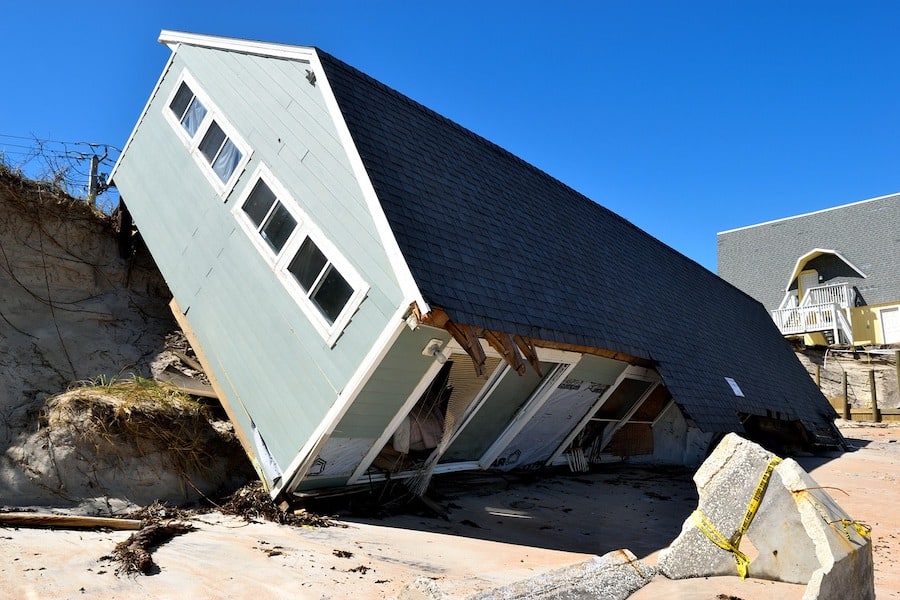
What to Include in Your Home Emergency Kit
A home emergency kit is a collection of essential items that your household may need in an emergency. If you live in a wildfire-prone area, include items that address the specific challenges of wildfires. Here’s what to include:
Here Are Some of the Basics to Include:
- Non-perishable food, such as dried goods and tinned items that do not need cooking
Even if you’re on a budget, consider buying an extra packet or can each month to set aside, so you’ve got meals for 1-2 weeks.
- Manual can opener
- Bottle water, at least one gallon per person per day; additional water for pets
If you can’t buy water, fill up every sink, bucket, and even the bath beforehand. If you’ve got the space, keep old bottles or cartons to fill instead of paying for bottled water. You could even go the extra mile with a water filter. You can pick up a micro-pore filter from most camping stores.
- N95 masks or respirators to protect against smoke inhalation
- Flashlights and batteries or solar-powered lanterns you can charge during the day or crank-power
- First aid kit and prescription medication for family and pets
- Battery-powered or hand crank radio
If cell towers go down, a radio will be an essential source of emergency information. Get emergency evacuation notifications or shelter instructions. Tune into the local weather radio for regular updates.
- A source of non-grid power
With a portable power station or solar generator, even if your power gets knocked out, you’ll be ready to keep your essentials powered, stay warm during a winter storm, and even cook meals.
- Moist towelette or disposable wipes
Since a bath is probably off the table, keep disposable wipes handy to reduce the spread of bacteria, especially if you’re evacuated to a camp.
- Extra set of car keys and a spare house key
- Cash (in small denominations)
- Copies of important documents (driver’s license, birth certificate, insurance policies) stored in a waterproof container
- Pet supplies (food, water bowl, leash/collar)
- Clothes and bedding for each member of the family, including sturdy shoes.
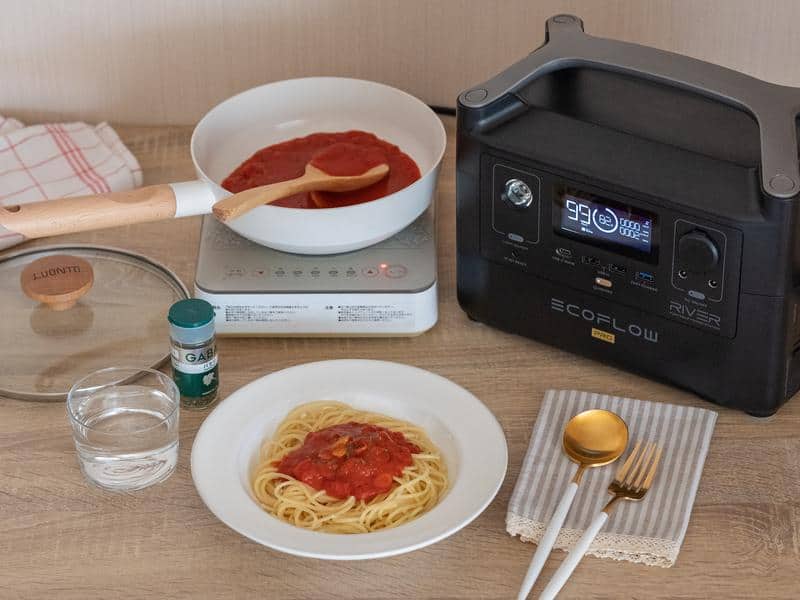
Preparing for a Natural Disaster
Before a natural disaster strikes, there are some key things you can do to prepare. Even if you’re not expecting one, ensure your home, family, and emergency kit are ready to go at any time. Know the risks in your area. Be aware of the types of disasters that occur where you live and the likelihood of them happening. This will help you know what to prepare for. Make sure you have adequate insurance coverage for your home and belongings, just in case.
Understanding the Different Types of Natural Disasters
Many different types of natural disasters can occur, each with its unique set of dangers. It is essential to be aware of the different types of disasters that can occur in your area and to have a plan for how to deal with them.
One of the most common types of natural disasters is flooding. Floods can occur due to heavy rains, melting snow, or even a dam break. If you live in an area prone to floods, it is crucial to have an evacuation plan ready in case you need to leave your home.
Another type of natural disaster common in many parts of the world is earthquakes. Earthquakes can occur without any warning and can cause extensive damage. If you live in an area prone to earthquakes, it is vital to have an emergency kit ready and know where to go if your home is damaged.
Wildfires are another type of natural disaster that can be very dangerous. Wildfires can spread quickly and destroy homes and businesses. If you live in an area prone to wildfires, it is vital to have a plan to stay safe, including having an emergency kit ready and knowing where you will go if you need to evacuate your home or business.
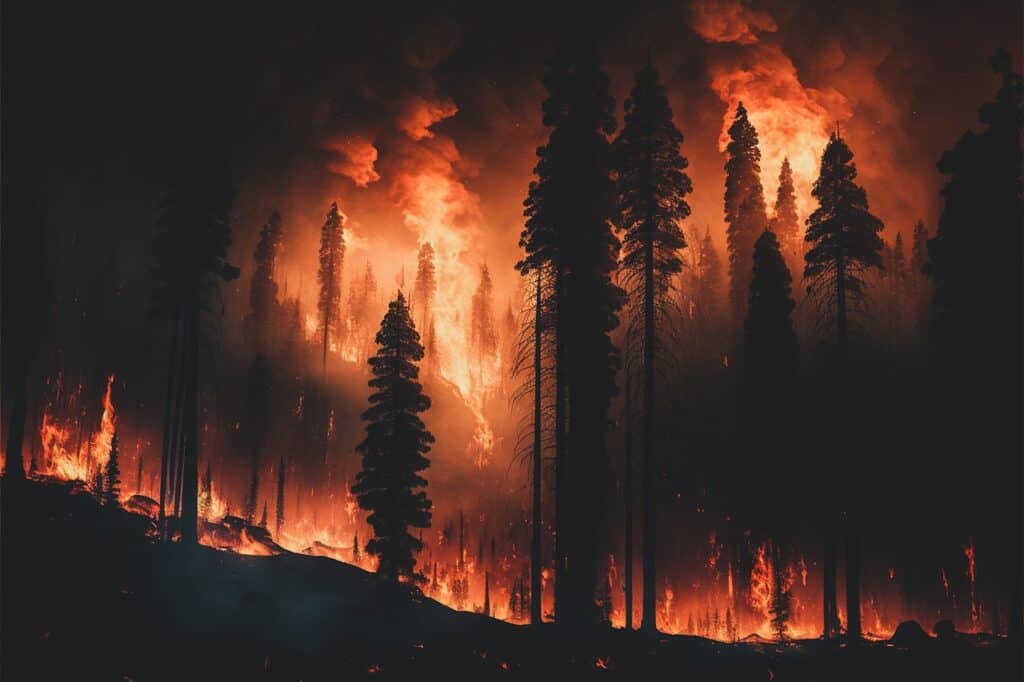
As we continue to see the affects of global warming, we’ll see hotter summers and colder winters, especially in areas not used to such conditions. Be sure to tailor your survival kit for the coming season.
How to Prepare Before a Wildfire Hits
First, make sure you have your home survival kit ready (check the list above), and then follow the list below:
- Prepare Your Home:
- Remove outdoor furniture, curtains, and any flammable items near your home.
- Clear gutters, roofs, and around the house of dry leaves, branches, and debris.
- Close all windows, doors, and vents to prevent embers from entering.
- Turn off gas lines, propane tanks, and other potential fire hazards.
- Charge Essential Devices:
- Use a solar generator or portable power station to charge phones, power banks, and other critical devices.
- Ensure all battery-operated devices have fresh batteries.
- Pack and Load Your Vehicle:
- Gather your emergency kit, including essential supplies such as water, food, medications, and important documents.
- Pack extra clothing, sturdy shoes, and protective masks (e.g., N95).
- Load pet supplies, including carriers, food, and water for pets.
- Park your vehicle facing outward to allow for a quick departure.
- Ensure Your Vehicle is Ready:
- Fill your gas tank completely.
- Check your vehicle’s oil, tires, and battery to avoid any issues during evacuation.
- Stay Informed:
- Monitor local emergency alerts, weather updates, and wildfire progression through reliable sources such as a battery-operated radio or official apps.
- Sign up for local evacuation notifications if available.
- Be Ready to Evacuate:
- Keep your emergency kit and go-bags in an easily accessible location.
- Ensure all family members, including children, understand the evacuation plan.
- Evacuate immediately if evacuation orders are given, even if the fire seems far away. Fires can move quickly and unpredictably.
- Prepare Your Generator:
- Charge using AC or solar energy, so you’re ready for any eventuality.
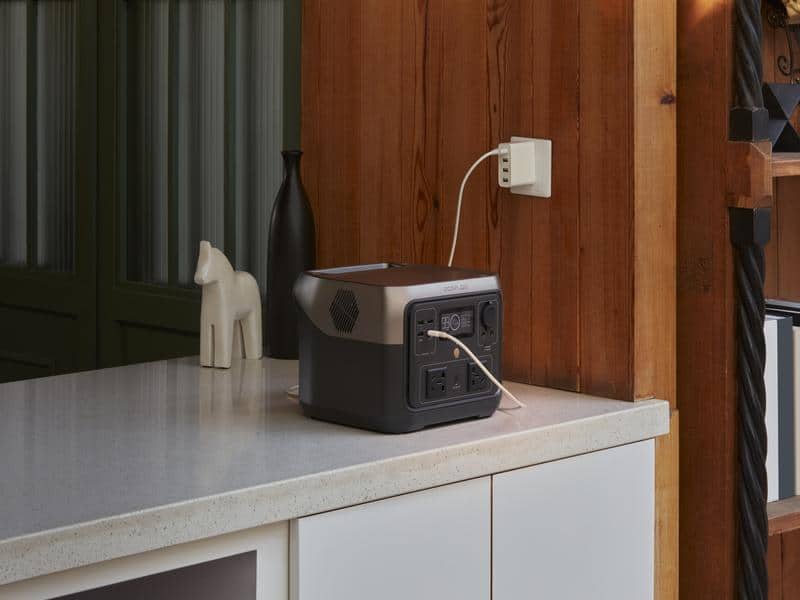
What To Do After a Wildfire?
Ensuring the safety of yourself and your family in the aftermath of a wildfire is paramount. Begin by waiting for official clearance to return to your home, as the area may still contain hidden dangers such as smoldering hotspots, unstable structures, or damaged utility lines. Once permitted to return, conduct a thorough inspection of your property. Look for hazards such as downed power lines, gas leaks, or compromised water systems, and report these issues to local authorities immediately.
When entering your home, wear appropriate protective gear, including gloves, sturdy footwear, and an N95 mask, to protect yourself from ash and potentially harmful debris. Document all damages to your property and belongings with photos and videos to facilitate the insurance claims process, and contact your insurance provider as soon as possible. Check your home’s plumbing and electrical systems for any signs of damage, but avoid using them until they are deemed safe by a professional.
Monitor air quality inside and outside your home, and consider using HEPA filters or air purifiers to mitigate the effects of any residual smoke.
You might not be able to predict the weather, but you can prepare well in advance. Make sure to include a portable power station or solar generator in your home emergency kit to keep your family comfortable so you can weather the storm together.
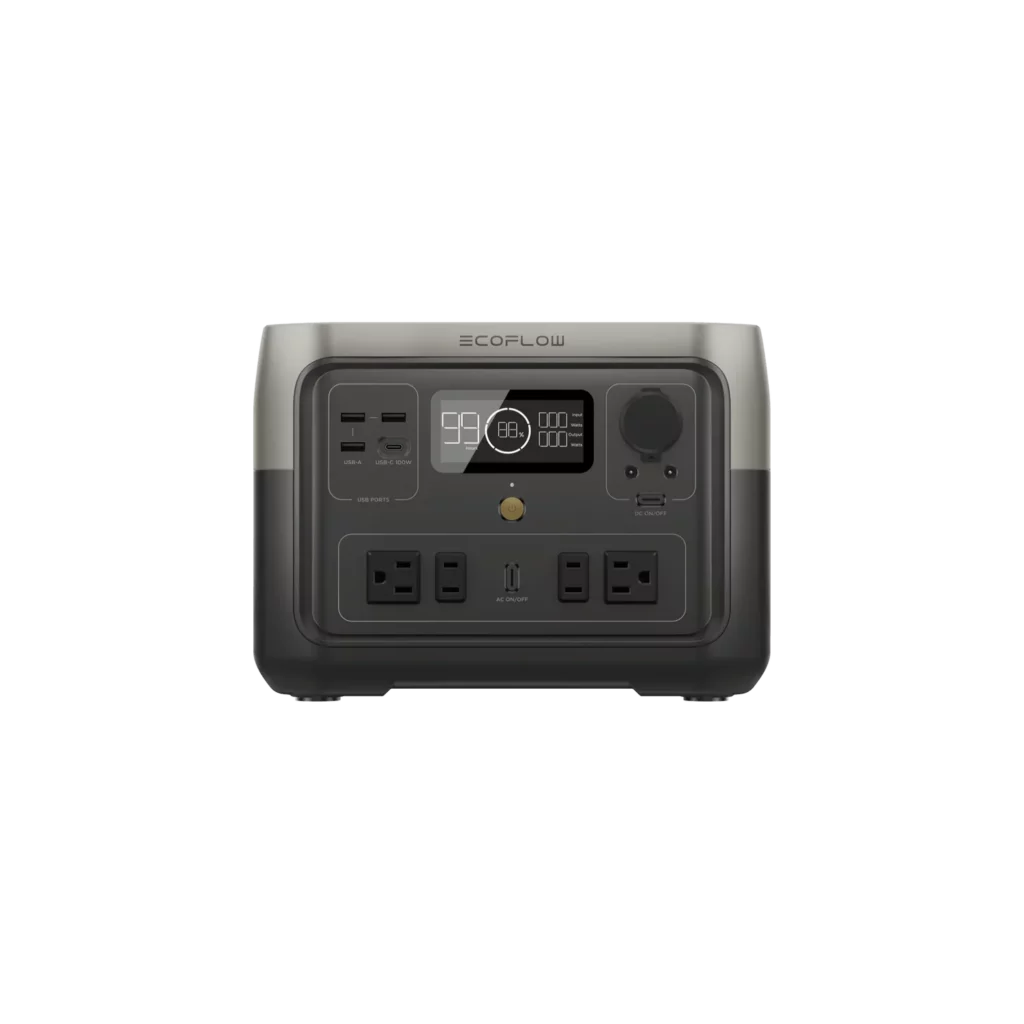
EcoFlow RIVER 2 Max
Capacity: 512Wh
Net weight: 13.4 lb (6.1 kg)
Dimensions: 10.6×10.2×7.7 in (270x260x196 mm)
AC Output Ports: 4
Cycle life: 3000+
Solar Input: 220W
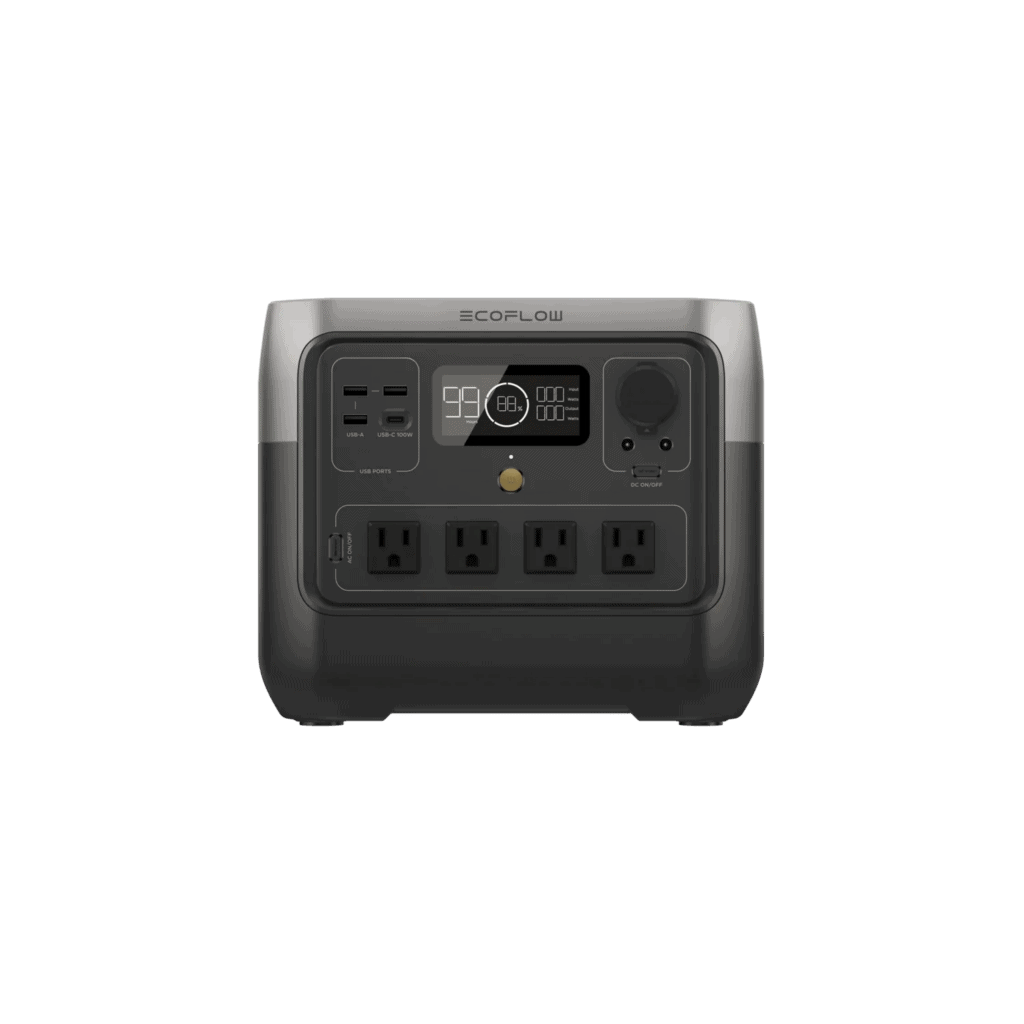
EcoFlow RIVER 2 Pro
Capacity: 768Wh
Net weight: 17.2 lb (7.8 kg)
Dimensions: 10.6×10.2×8.9 in (270x260x226 mm)
AC Output Ports: 4
Cycle life: 3000+
Solar Input: 220W
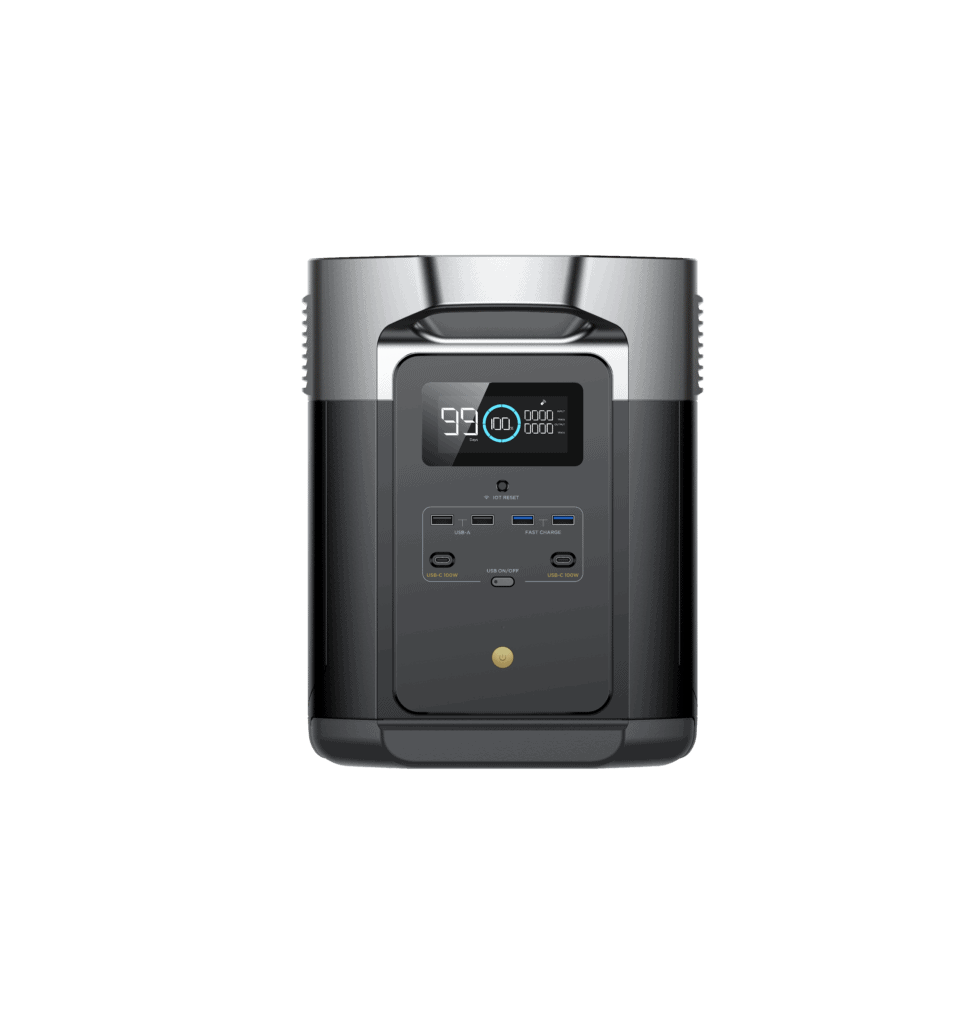
EcoFlow DELTA 2
Capacity: 1024Wh
Net weight: 27 lb (12 kg)
Dimensions: 15.7×8.3×11 in (400x211x281 mm)
AC Output Ports: 6
Cycle life: 3000+
Solar Input: 500W
Final Thoughts
Wildfires are a growing concern as climate change drives hotter and drier conditions across the globe. However, preparation can be your greatest tool for staying safe in the face of these disasters.
Should a wildfire strike, knowing how to act both during and after the event will help ensure your safety and speed up the recovery process. With the right planning and proactive measures, you can face the threat of wildfires with confidence and resilience.
